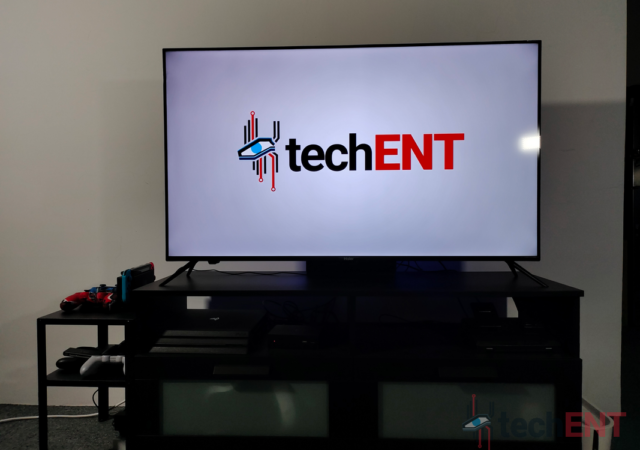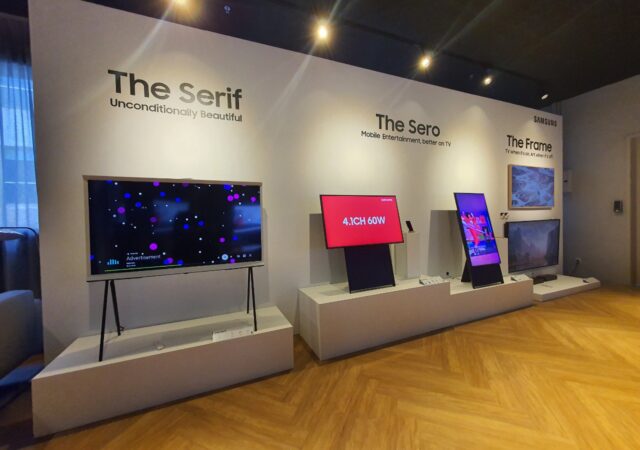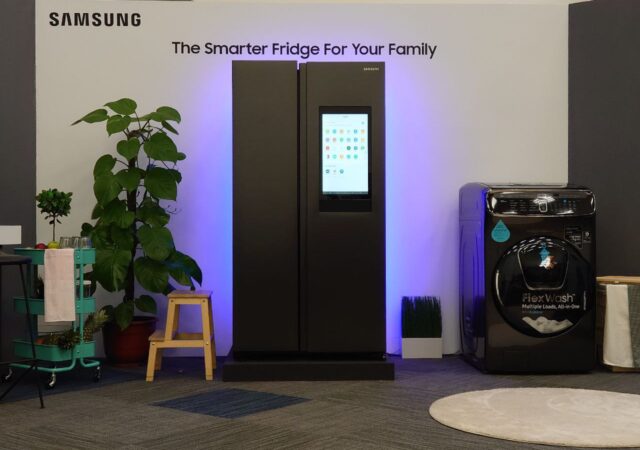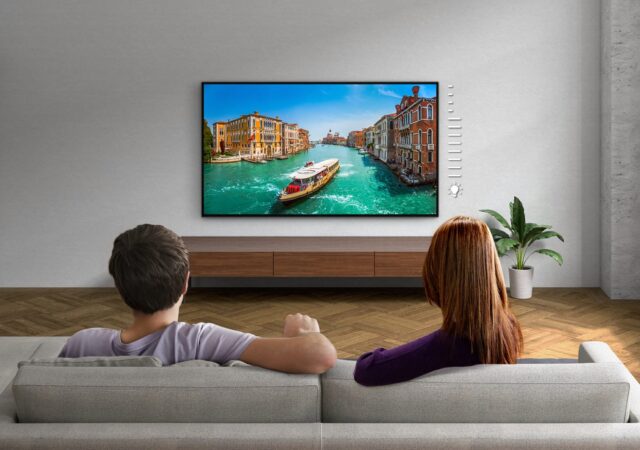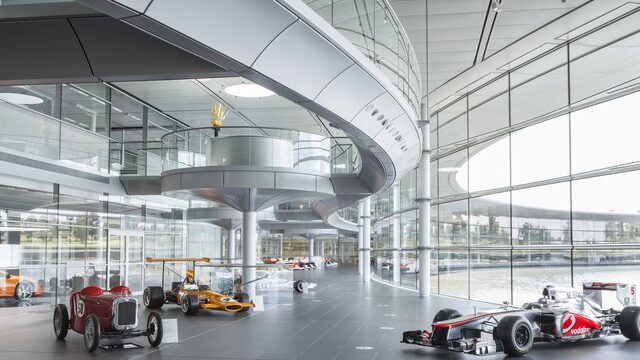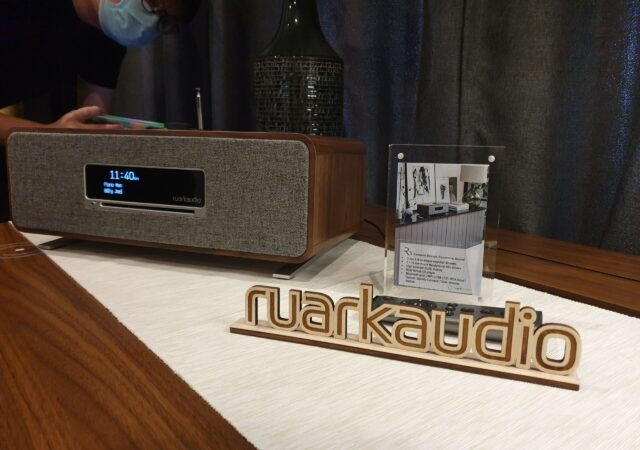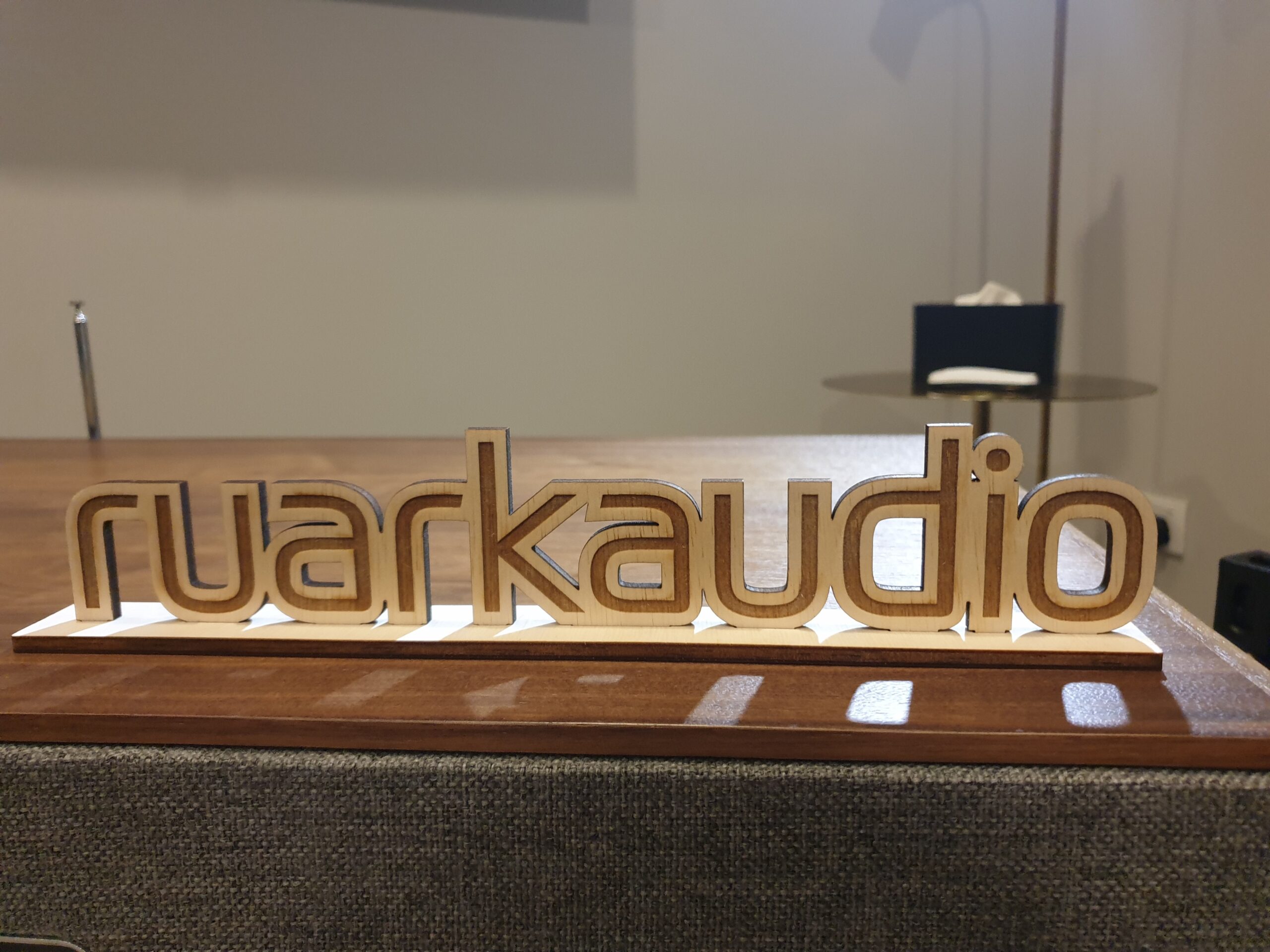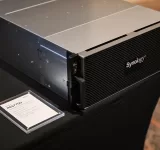Haier’s 4K TV offerings are looking to be pretty compelling with features and a price point that makes it more compelling that the competition.
[Next@Acer] Acer Halo Smart Speaker Quietly Slips Under the Radar into the World
Acer launches a curious smart speaker at Next@Acer they call the Acer Halo Smart Speaker. The DTS Audio smart speaker runs Google Assistant.
Tech & Tonic Episode 23 Feat. Jeff Sandhu – The Quietest Moment in Our Studio
In this episode of Tech & Tonic Podcast, we discuss the concept of foldable smartphones with Jeff Sandhu, a fellow techie from 42KL.
Bring Some Pizazz to Your Home with Samsung’s New Lifestyle TVs
Samsung looks to bring some character to your living room with their new lifestyle QLED TVs: the Sero, the Frame and the Serif.
The Samsung Family Hub – Heart of the Family in Connected Living
Samsung launched a new fridge that is not just a fridge. It is the Family Hub, the center of the home and family for MYR 8,999 onward.
Sony Announces the New WH-1000XM4 Noise Cancelling Headphones – the New Gold Standard for MYR 1,599
Sony Announces the New WH-1000XM4 Noise Cancelling Headphones – the New Gold Standard
Sony’s New PlayStation 5 Ready 8K BRAVIA Launched with Full Array LED
Sony launched two new BRAVIA TVs that is ready to take on the PS5 and give you the best of the console and TV expereince in the market.
First Look at the Ruark Audio R3 – High-End, Pretty, At Home
The Ruark Audio R3 is the British outfit’s latest and most modern loudspeakers to come out of their workshop. We had 15 minutes with it.
Ruark Audio Makes its Way into Malaysia With the R3!
Ruark Audio makes it into Malaysia. With the release of the new R3, they are also offering the high-end R7, R5, MR1, and MRx.



